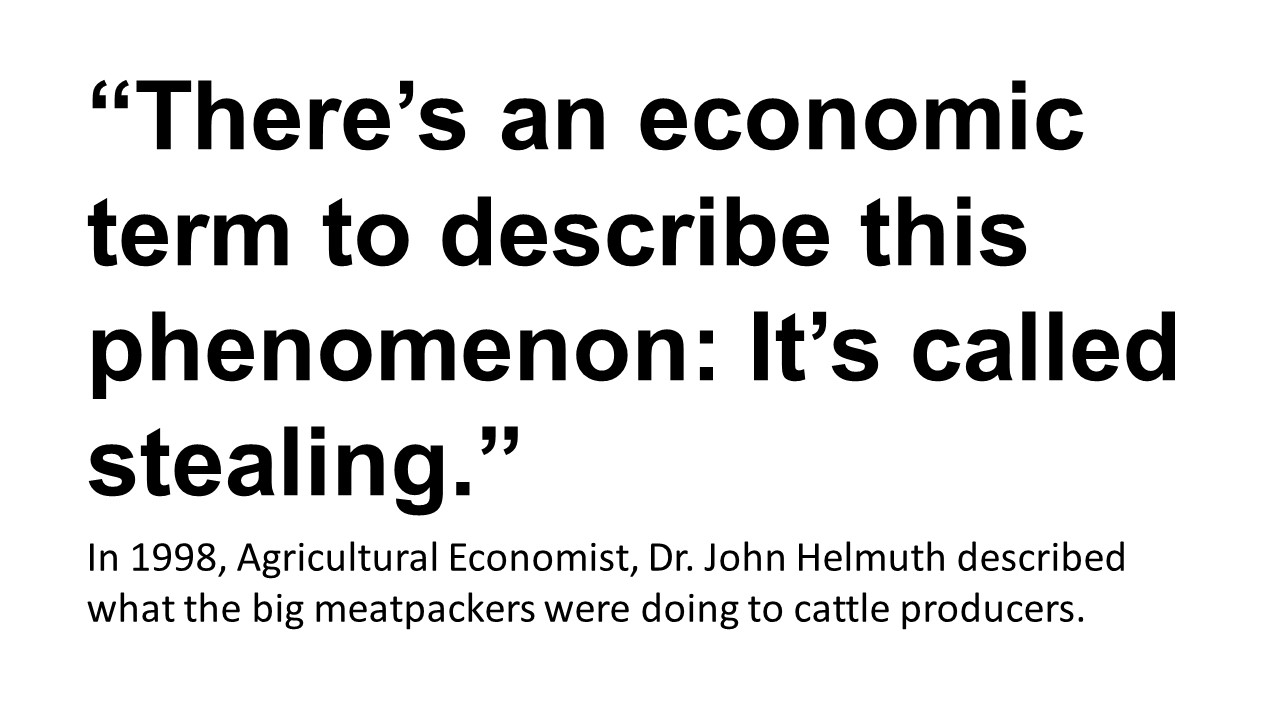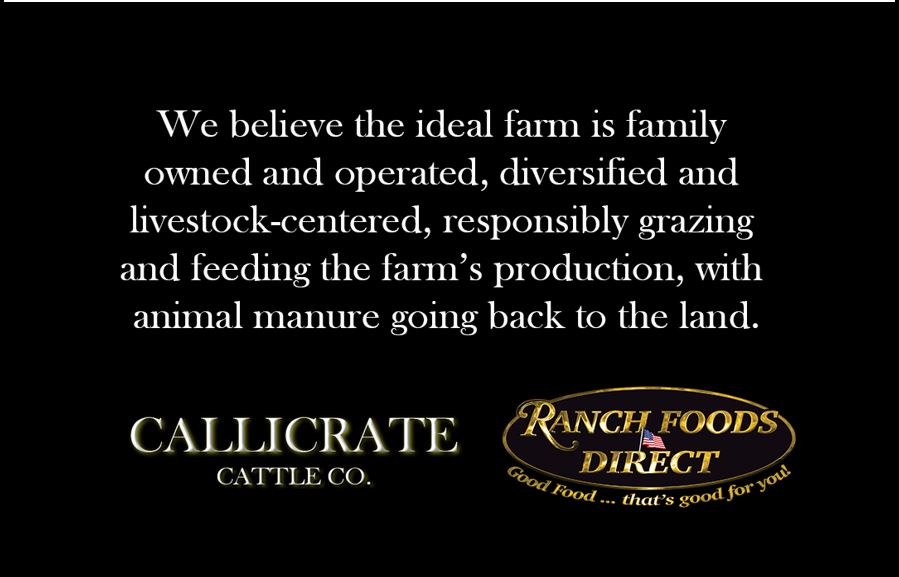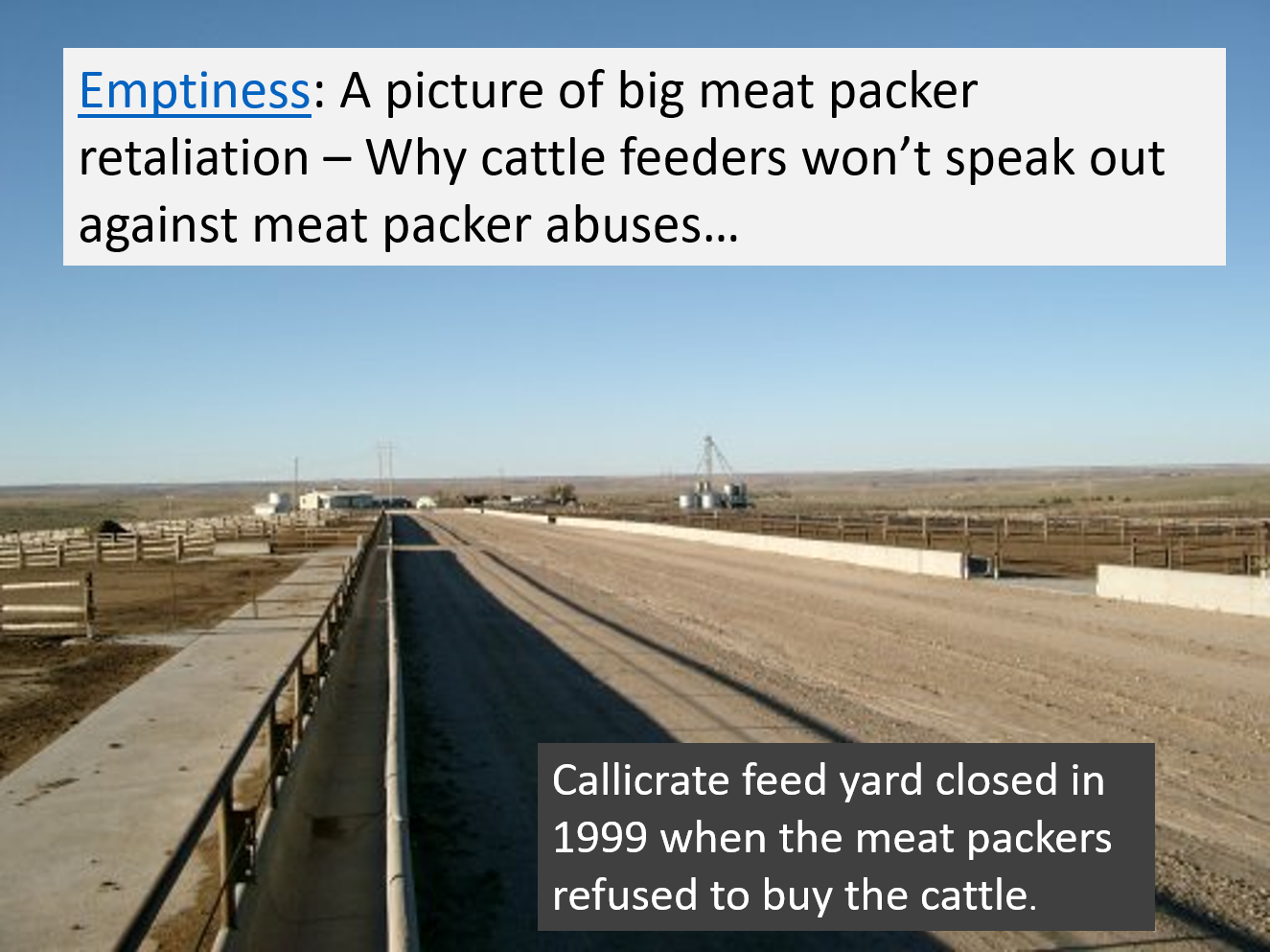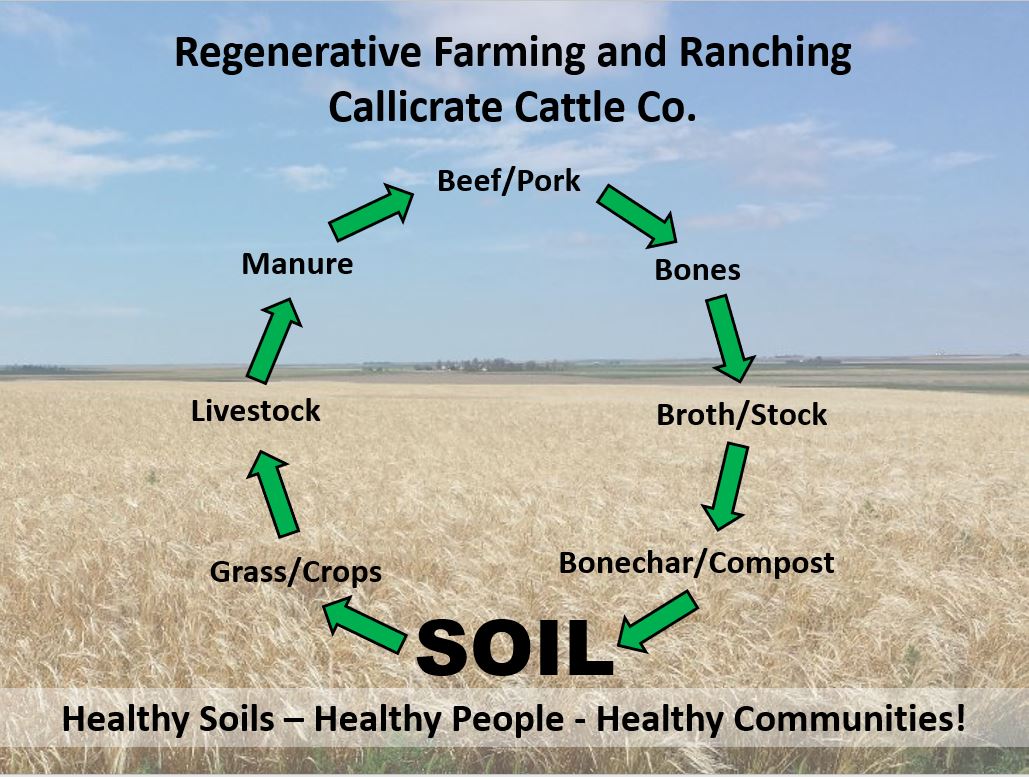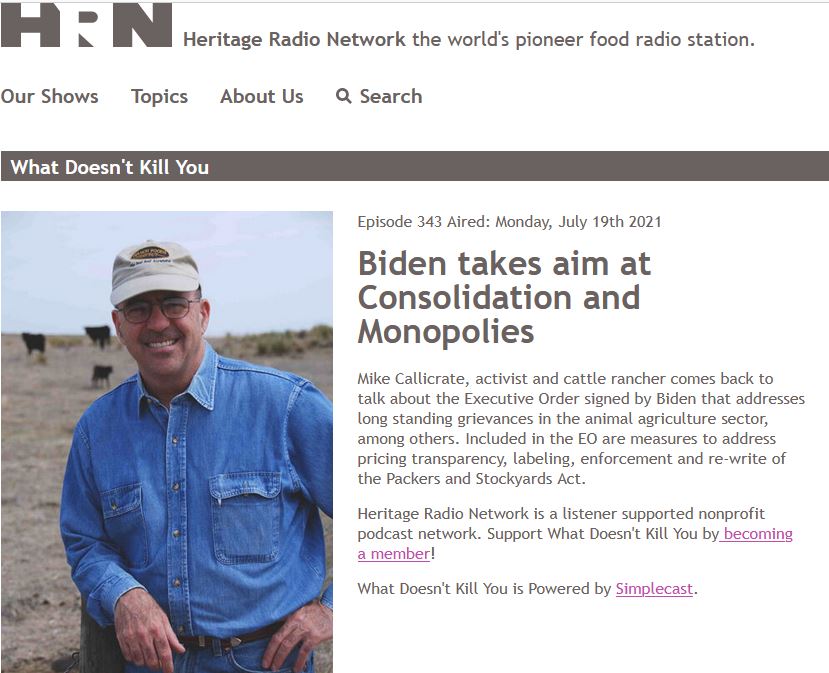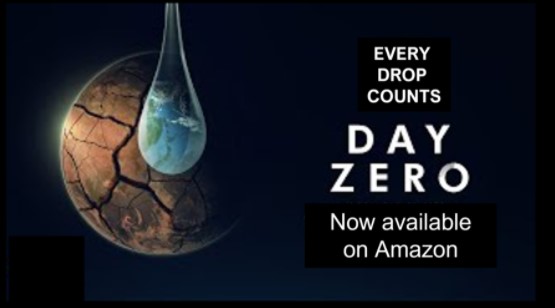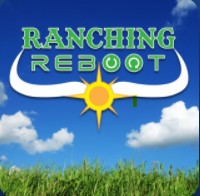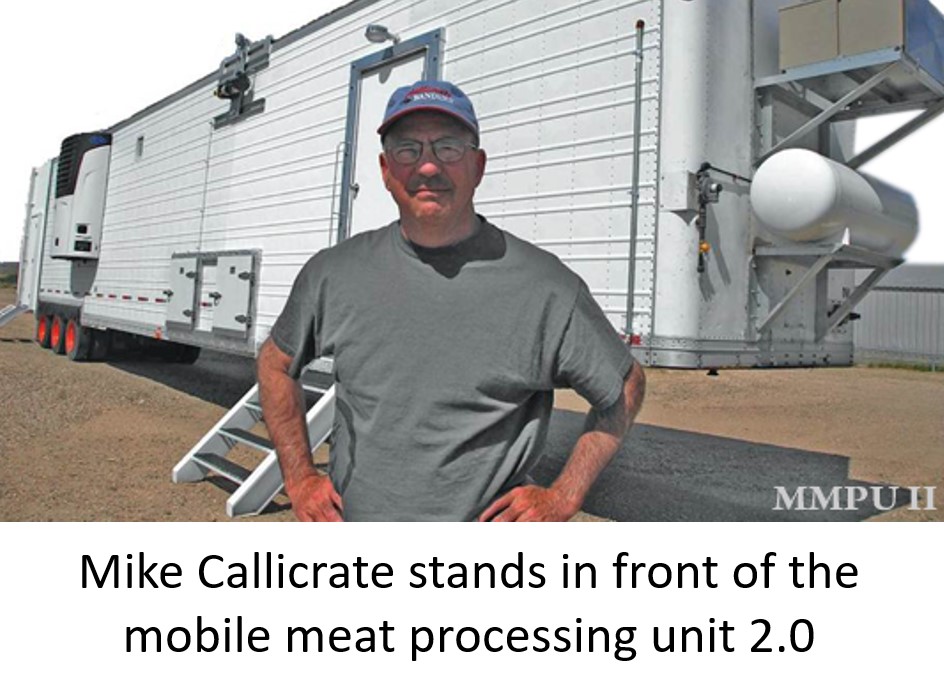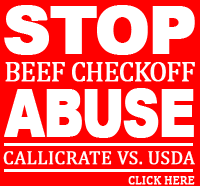Stay Informed!
Subscribe to information and news updates related to farming, food and health issues, click here!-
 “The money and political power of Wall Street has stolen America’s food system, bankrupted our farmers and ranchers, mined our soils, polluted our environment, wasted our precious water, and left us with expensive industrially produced food that makes us sick.” – Occupy Wall Street Food Day, December 2011
“The money and political power of Wall Street has stolen America’s food system, bankrupted our farmers and ranchers, mined our soils, polluted our environment, wasted our precious water, and left us with expensive industrially produced food that makes us sick.” – Occupy Wall Street Food Day, December 2011 -
Above: Ranching Reboot – Episode 4 – Mike Callicrate, owner of Ranch Foods Direct, sat down with us to talk about all manner of things from cattle markets, to public food spaces, the Bander, his feedlot and the pathway he built to market.
He shares valuable lessons learned from fighting against the commodity production system and how he’s built his own pathway to the consumer.
We talk about small community slaughter plants and public meat spaces and what that could look like going in to the future. We discuss environmental challenges, the food police and what it means when a Dollar General comes to town.
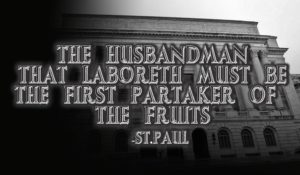
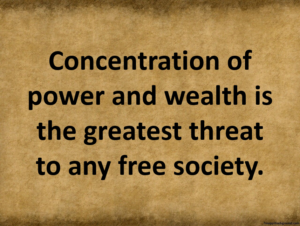


- This Cattleman's Got A Beef
 Photo: Sean Cayton - 2003People producing good food from happy animals, while improving the environment, shouldn’t have to fear the government.
Photo: Sean Cayton - 2003People producing good food from happy animals, while improving the environment, shouldn’t have to fear the government.
Photo above featured in a 2003 article: This cattleman's got a beef, Mike Callicrate and Ranch Foods Direct take on the big meat packersby Kathryn Eastburn Categories
Food Policy & Law
E. Coli Confessions Part I
by John Munsell | Oct 11, 2011
Opinion
Editor's Note: This is the first part in a series written by John Munsell of Miles City, MT, who explains how the small meat plant his family owned for 59 years ran afoul of USDA's meat inspection program. The events he writes about began a decade ago, but remain relevant today.
They say that confession is good for the soul. I've been involved in a series of ugly events since my plant in 2002 recalled 270 pounds of ground beef contaminated with E.coli O157:H7 and now want to admit the embarrassing truth for public review. moreTags
- advanced meat recovery
- antibiotics
- beef checkoff
- Big Food
- BPI
- Callicrate
- Callicrate Beef
- Callicrate Cattle Co.
- Cargill
- Chipotle
- Colorado Springs
- COOL
- Dudley Butler
- e. coli
- Eric Schlosser
- fast food nation
- food Inc.
- Foodopoly
- GIPSA
- HSUS
- IBP
- Industrial Agriculture
- JBS
- McDonald's
- meat packers
- Mike Callicrate
- Monsanto
- NCBA
- OCM
- Organization for Competitive Markets
- pink slime
- R-CALF
- Ranch Foods Direct
- Rick Hughes
- Smithfield
- Sodexo
- steroids
- Sysco
- Tom Vilsack
- Tyson
- U.S. Farmers and Ranchers Alliance
- USDA
- Vandana Shiva
- Walmart
- zilmax
National News Supplement
Let’s Feed People Instead of Corporate Interests
How can an industrial livestock operation transition from feeding corporations to feeding people?
Downsize, diversify, and sell direct.
Just east of the Colorado-Kansas border in the Republican River Valley watershed, annual precipitation is around 17 inches per year. Winters can be cold and snowy, and summers hot and very dry. Farm and grasslands make up the landscape in somewhat equal parts. Cattle harvest the grass, consume nearly all of the hay and other forages, and much of the grain, providing a dependable year-around supply of high quality meat to consumers.
In December of 1998, Callicrate Cattle Co. was shut out of the market by the meatpacker cartel, which was forcing smaller independent feedlots like ours into non-negotiated packer-aligned marketing arrangements at the expense of traditional family farm agriculture. Fifteen employees soon lost their jobs and many local farmers and cattle producers lost an important market for feed, calves, and feeder cattle.
After much worry and considerable thought, and following years of failed attempts at litigation and legislation to restore open and competitive markets, Callicrate Cattle Co. decided to seek an alternative – build a separate and more direct pathway to the consumer. A path that would avoid market predators – specifically, the big meatpacking, retail, and food service cartel. The well-organized, and government-enabled multinational monopoly had long been mining valuable resources from the land and rural communities, including precious water, soil, and equity, while impoverishing our most essential citizens: farmers, ranchers, and the workers who support these critical agricultural operations. We hoped to build a more accountable, equitable and humane connection to the consumer by selling meat instead of livestock. In June of 2000, we shipped our first cattle to G&C Packing in Colorado Springs for processing, and Ranch Foods Direct was born.
Today, twenty-one years later, we are still in business providing a better market for ourselves and many other producers of healthy foods in the region. Our program focuses on healthy food, regenerative practices, product quality and eating satisfaction.
Cattle graze across our pastures and cover crops, and are finished on high quality local forages and grains, using our pre-existing feedlot pens. By avoiding the growing competitive pressures to use growth-promoting drugs, we improved animal welfare, health, and meat quality. Pigs are raised in open pens with plenty of room to roam. A modern and efficient on-site slaughter facility saves thousands of miles of high-stress transport, and provides processing for other producers seeking to sell direct. Carcasses and select parts such as organ meats, along with pastured eggs, are shipped to our food-hub and meat processing facility in the urban center of Colorado Springs. Highly skilled butchers cut the properly aged carcasses directly into primals and retail cuts, eliminating the less safe and inefficient step of “boxing,” before sending them to our two retail stores and several restaurant and wholesale accounts.
We believe our model is exemplary of a dependable, sustainable, safe, and resilient food system that serves the whole community, making the lives of producers, workers, and consumers better, while conserving resources, healing the environment, building soil heath, and improving animal welfare and meat quality.
The following short video shows Callicrate Cattle Co. today after transitioning from a 12,000 head capacity industrial style feedyard to a regenerative, soil building, multi-species operation producing year around, high quality, and healthy food for the region:
What Doesn’t Kill You Podcast – Biden takes aim at Consolidation and Monopolies
How much income has the cattle producer lost to the meatpacking and Big Food cartel?
The USDA retail beef price report from July 13, 2021 quotes the average Choice beef price at $7.46 per pound with the average live cattle price at $120/cwt.
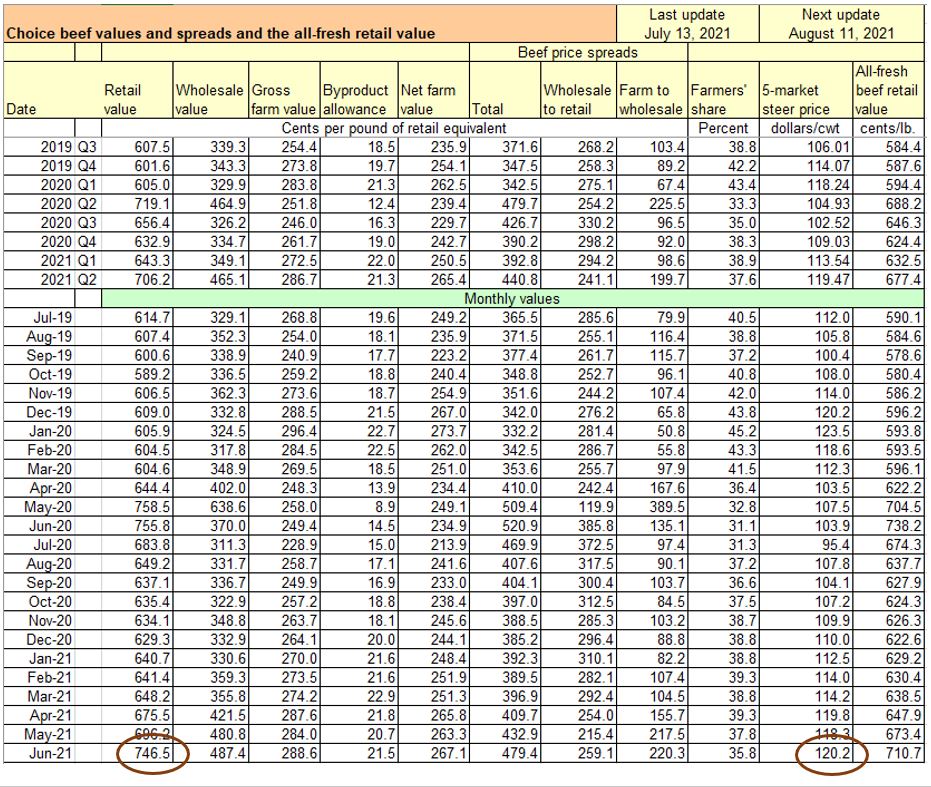 A finished cattle weight of 1,400 lbs. x 42% retail yield = 588 lbs. of saleable retail beef/head. x $7.46/lb. = $4,386/hd. value at the consumer retail level.
A finished cattle weight of 1,400 lbs. x 42% retail yield = 588 lbs. of saleable retail beef/head. x $7.46/lb. = $4,386/hd. value at the consumer retail level.
This doesn’t include big meatpacker income from drop credits of approximately $190/hd. or the higher value Prime beef and branded products like Certified Angus Beef.
The chart shows farm share at 35.8%.
If we were still receiving 65% of the consumer dollar from a market with many buyers and high levels of competition as in the 1970’s, the producer would be receiving $2,851/hd. or $2.03/lb. live wt.
Ranch Foods Direct custom-cut cattle customers that sell direct to their customers have received around 79% after paying the costs for slaughter and processing. So, who is more efficient?
The declining farm share of the the retail food dollar is an indicator of market power and proof of the inefficiencies and unfairness of the existing monopolized Big Food system, that according to the above USDA chart, is leaving the struggling cattle producer with a bankrupting 35.8%.
$120/cwt. live cattle price ($1.20 per pound per chart) is 83 cents per lb. less ($2.03-$1.20) than a competitive market should be paying, for a loss to the producer of $1,171 per head, and a drastic decline in rural economies.
Building new local/regional, decentralized food systems, along with better government policy can help fix this threat to our food and national security.
What’s the Beef? How the Beef Packing Cartel Hurts Producers and Consumers and How Independent Cattle Producers and Processors Can Help Restore Competition and Choice
What’s the Beef? How the Beef Packing Cartel Hurts Producers and Consumers and How Independent Cattle Producers and Processors Can Help Restore Competition and Choice
July 13, 2021 | Diana L. Moss , Mike Callicrate , Patrick Robinette
In this podcast, AAI President Diana Moss sits down with two leaders in the independent sector to discuss the fallout from decades of massive consolidation and rising concentration in beef packing. Her guests, Mike Callicrate and Patrick Robinette, run innovative, independent business operations in two different parts of the US. They discuss the state of competition in U.S. beef packing, which is dominated by four packing firms that control over 80% of the market. Next, they turn to problems of market access for smaller ranchers and processors and deceptive labeling that deprives consumers of informed choices. The conversation reveals that an industrial food system with little competition packs significant inefficiency and susceptibility to shocks like COVID-19. On the other hand, smaller operations provide needed competition and resiliency in the beef supply. Moss, Callicrate, and Robinette close with the importance of stronger antitrust enforcement in the beef packing sector and USDA initiatives that promote competition, price transparency, and the importance of alternative supply systems.
Moderator:
Diana Moss, President, American Antitrust Institute
Guests:
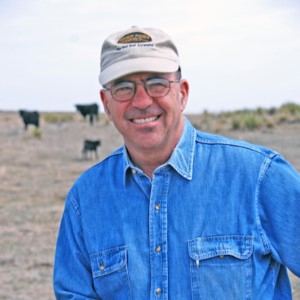
Mike Callicrate is a farmer-rancher, business entrepreneur and family farm advocate. Mike formed Ranch Foods Direct in 2000, a branded beef company and retail and online food store in Colorado Springs. His company also operates a regional food hub, helping to collect and distribute locally produced food.
 Patrick Robinette’s family has raised high quality, grass-fed cattle for years in North Carolina. In 2012 they formed Micro Summit Processors, with a focus on cattle harvesting and processing. Patrick’s business responds to consumers demand for food transparency.
Patrick Robinette’s family has raised high quality, grass-fed cattle for years in North Carolina. In 2012 they formed Micro Summit Processors, with a focus on cattle harvesting and processing. Patrick’s business responds to consumers demand for food transparency.
Listen to podcast: What’s the Beef?

